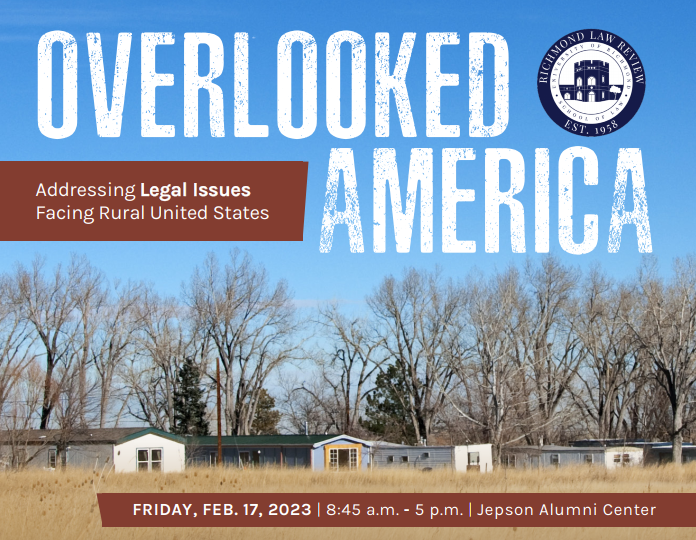
ERISA’s Fiduciary Fantasy and the Problem of Mass Health Claim Denials
Read Full Article (PDF)
ERISA’s Fiduciary Fantasy and the Problem of Mass Health Claim Denials
Over 100 million Americans face healthcare debt. Most of those in debt have health insurance, with the debt often springing from services people thought were covered. Before and even after receiving care, those seeking coverage must run a gauntlet of obstacles such as excessive pre-authorization requests, burdensome concurrent review of care, and retrospective review, which claws back payment after a treatment is pre-authorized and payment made. Increasingly, this procedural tangle leaves people with unwarranted and unexpected medical bills, quickly spiraling them into debt.
Who polices health insurers’ claims practices? What keeps insurance companies from designing overly burdensome pre-authorization requirements or guidelines that deny legitimate claims on a broad scale? The answers depend on the insurance’s source. Employer-sponsored health benefits—the predominant form of health insurance in the United States—is governed by the Employee Retirement Income Security Act, known as ERISA. ERISA regulates health benefits only lightly, but it supplants all state law claims and remedies, giving in exchange only the barest of federal remedies. Over the decades since ERISA’s enactment, health benefit administrators have exploited this permissive environment, moving from an indemnity model, in which claims are paid nearly without question, to one of active involvement in treatment decisions and cost controls. ERISA’s regulation of health plans has not kept pace.
But employer-sponsored health plans have a feature that other health insurance does not: the plans’ decision-makers are deemed fiduciaries under ERISA, legally bound to place plan participants’ interests above their own. Fiduciaries within health plans wield far-reaching powers. They not only decide individual claims, but they also develop guidelines that affect thousands of others, such as the contours of pre-authorization requirements or the applicable standard of care. These broader fiduciary decisions can result in mass claim denials, and it is these powers—and the lack of consequences for abusing them—that this Article addresses.
Part I lays out the drafters’ goals in imposing fiduciary duties and the crucial role of fiduciary status in ERISA’s overall scheme. Part II describes the problems in claims processing that plan participants face, caused in part by a lack of consequences for largescale fiduciary breaches. Part III examines emerging legal theories and remedies for fiduciary breach, designed to ameliorate the problem of mass claim denials and resulting medical debt.
Katherine T. Vukadin *
* Professor of Law, South Texas College of Law.









